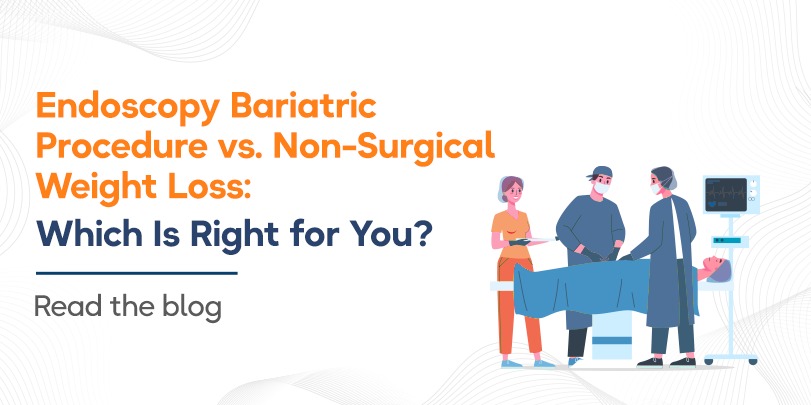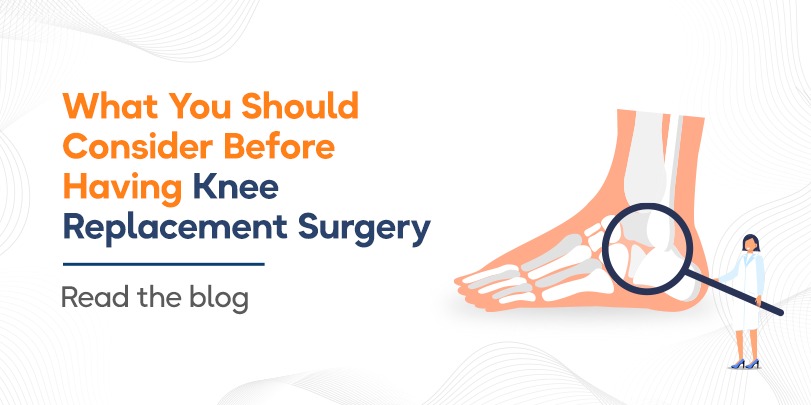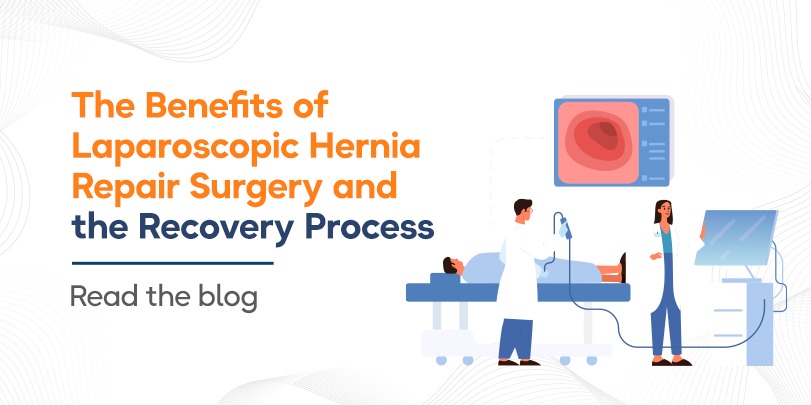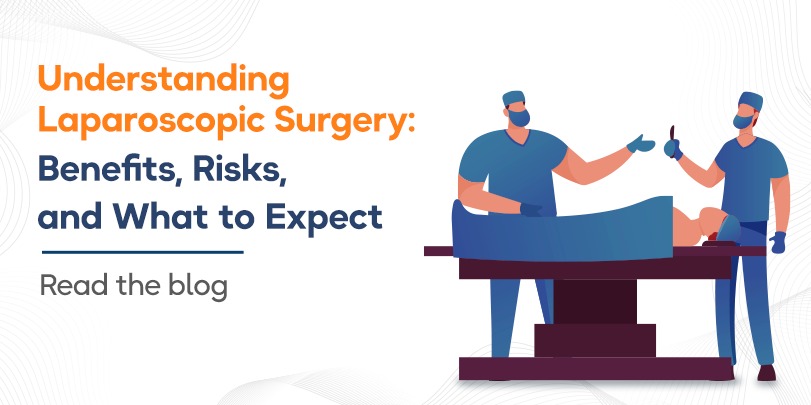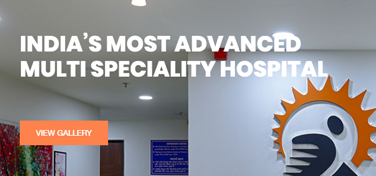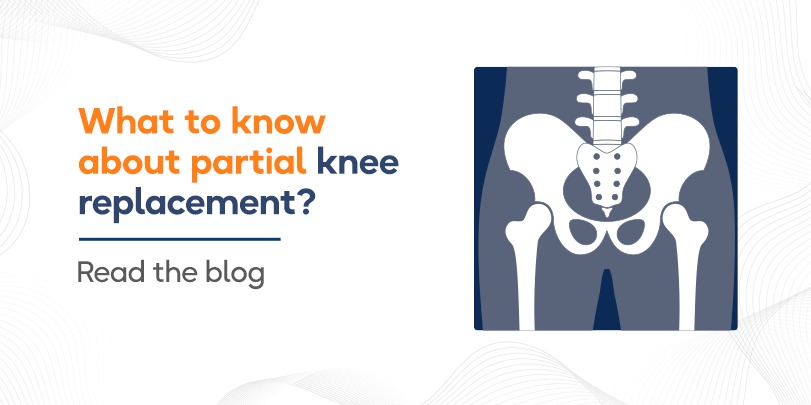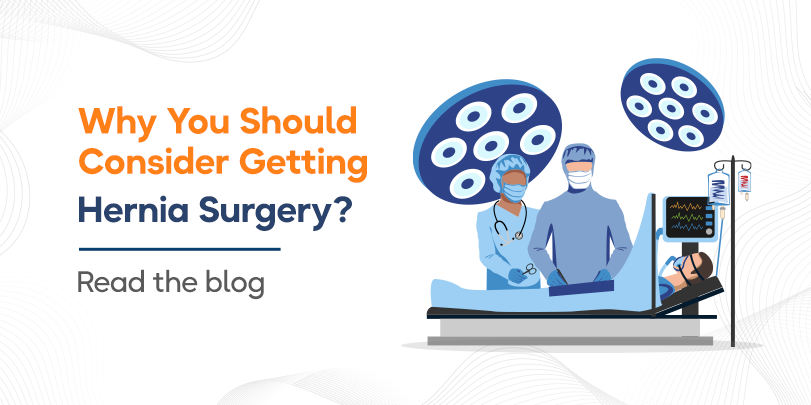Losing weight can be a challenging task for many people, especially those who are obese, especially with Type 2 Diabetes. As a result of being overweight or having other gastrointestinal or abdominal problems, many people turn to weight loss solutions such as endoscopy or non-surgical weight loss methods.
Let’s discuss the differences between these two options to help you decide which is right for you. If you are in Ahmedabad, you can consider endoscopy bariatric procedures at Radiance Hospitals, a leading provider of endoscopic weight loss procedures.
These are a type of endoscopic weight loss surgery that involves inserting a small camera into the stomach through the mouth. The surgeon then uses the camera to place small sutures in the stomach, which reduces its size and helps the patient feel full faster. Additionally, patients who undergo this endoscopic weight loss surgery typically experience a shorter recovery time and can return to their normal activities sooner.
Non-Surgical Weight Loss
Non-surgical weight loss methods do not require any invasive procedures. These methods focus on lifestyle changes, such as diet and exercise, to promote weight loss. Some popular non-surgical weight loss methods include:
Diet plans
Many people successfully lose weight by following a specific diet plan, such as the keto or Mediterranean diet.
Exercise
Regular physical activity is essential for weight loss and can help improve overall health.
Medication
Prescription weight loss medications can help some people lose weight when combined with a healthy diet and exercise.
Behavioural therapy
Some individuals may benefit from therapy to address the emotional and mental barriers to weight loss.
These methods are generally considered safer than surgery and have fewer risks. However, they may not be as effective for individuals with severe obesity, defined as having a BMI – Body Mass Index – of 35 or higher. In these cases, endoscopic procedures may be a more viable option.
Endoscopic weight loss procedures
Endoscopic procedures involve using an endoscope, a long, flexible tube with a camera and surgical instruments, to perform weight loss surgery. The advantage of endoscopic weight loss procedures is that they are minimally invasive and involve smaller incisions than traditional bariatric surgery. As a result, patients experience less pain, a faster recovery time, and fewer complications. In addition to traditional weight loss surgery, there are different types of metabolic and bariatric surgeries, such as the intragastric balloon and endoscopic sleeve gastroplasty.
At Radiance Hospitals in Ahmedabad, we offer different solutions to reduce body weight. These surgeries work by making you feel fuller or reducing the amount of food you can intake. What non surgical weight loss fails to produce is sustained weight loss. Bariatric endoscopic procedures help you lose weight just like other weight loss methods, with an added dimension of medical ease.
Endoscopic sleeve gastroplasty
Endoscopic sleeve gastroplasty is another option we offer at Radiance Hospitals. This procedure involves endoscopic suturing creating a sleeve-like shape, which is why it is often called surgical sleeve gastrectomy.
Endoscopic Gastric Balloon
The intragastric balloon is a temporary weight loss solution that involves placing a balloon in the stomach to help patients feel full faster. The balloon is removed after six months / one year.
Swallow Pill (Balloon)
Swallow pill balloon is also a temporary weight loss solution. Patient needs to swallow a pill which is attached with catheter, surgeon will insert saline approx. 550 Ml from the catheter to inflate the pill balloon, and then remove the catheter slowly. Gradually patient will lose weight. After 16 weeks balloon automatically will be passed out through normal bowel movement. Sometimes it is advisable to have some medicines along with swallow balloon therapy. Your surgeon will guide on this after procedure and need to follow diet and exercises for having better weight loss.
When it comes to weight loss, there are numerous methods to consider. Non-surgical weight loss methods are less invasive and typically have fewer risks, but they may not be as effective as endoscopy for individuals with severe obesity. Additionally, non-surgical methods may take longer to achieve significant weight loss. Choosing the right weight loss solution depends on several factors, including your BMI, overall health, and personal preferences.
If you have mild to moderate obesity and are willing to commit to lifestyle changes, non-surgical weight loss methods may be a good option for you. However, if you have severe obesity and have not succeeded with non-surgical methods, endoscopy bariatric procedures may be a better fit. At Radiance Hospitals in Ahmedabad, we offer a range of weight loss solutions, including traditional weight loss surgery and surgical procedures, to help you achieve your weight loss goals.
If you are considering endoscopic weight loss surgery in Ahmedabad, it is important to explore the different types of total body weight loss surgery available. With the advancement of science, you no longer have to worry about the efficacy and safety of endoscopic procedures. Moreover, they are covered by insurance. Since these are close to outpatient procedures under anesthesia, bariatric surgeons make you go home the same day.
Unlike nonsurgical weight loss methods that don’t help you lose excess weight and unlike traditional surgery and open surgery, these weight loss techniques procedures show long-term weight loss wherein you can expect to lose a lot of weight and not regain it. Moreover, these procedures are minimally invasive. So those who qualify for bariatric surgery should opt for these without fear.
Choosing between endoscopy bariatric procedures and non-surgical weight loss methods ultimately comes down to your individual needs and goals. If you prefer a less invasive approach or have a milder form of obesity, non-surgical weight loss methods may be a better fit. However, if you have severe obesity and have not succeeded with non-surgical methods, endoscopy bariatric procedures may be a good option.
At Radiance Hospitals in Ahmedabad, we understand that every patient is unique. Our expert team of doctors and staff are dedicated to providing personalized care and support throughout your weight loss journey. If you’re considering endoscopic weight loss surgery in Ahmedabad, the experts at Radiance Hospitals can help. Our team of experienced surgeons and weight loss specialists can provide personalized recommendations and support to help you achieve your weight loss goals. Contact us today to schedule a consultation and learn more about our endoscopic weight loss procedures, including endoscopic sleeve gastroplasty.
Read More – Besides Aiding in Weight Loss, Here are 7 Bariatric Surgery Benefits.

